The Filipino Legacy in Major League Baseball Is Real - and It’s Growing
July 4, 2025
Written By Julian Noche
Time to put some respect on these Pinoy names. How many do you know?
In a country where Basketball and Football reigns supreme and baseball fields are scarce, seeing Filipino faces in Major League Baseball is nothing short of inspiring! For the Filipino Community, representation in America’s favorite pastime sparks a unique kind of pride. It’s not just about fastballs and overpriced hotdogs; it’s about cultural visibility, shattering stereotypes, and proving that Filipinos belong on every stage, even the pitcher’s mound. Each Pinoy in the MLB is a living reminder that heritage and history can be carried proudly under a ball cap. Whether they’re playing, coaching, or scouting, these trailblazers give younger generations the chance to point at the TV and say, “That could be me.”
1. Geno Espineli – Trailblazing Pitcher
Relief pitcher Eugene “Geno” Espineli, born in 1982 to Filipino parents in Houston, made history in 2008 as arguably the first full-blooded Filipino to take the mound in MLB for the San Francisco Giants. Drafted in 2004, he debuted July 20, 2008, and went on to post a 2–0 record despite a brief MLB career.
2. Bobby Balcena – The Pioneering Pinoy
Bobby Balcena blazed trails as the first Asian American—and specifically Filipino—player in Major League Baseball, taking the field for the Cincinnati Redlegs in 1956. Though his MLB tenure was short, he thrived in the Pacific Coast League post-war era.
3. Bobby Chouinard – Born in the Philippines
Born in Manila in 1972, right-hander Bobby Chouinard debuted in MLB in 1996. He was the first person born in the Philippines to play in baseball’s top U.S. league since 1925. While his career had notable highs, it was overshadowed by a serious off-field incident, which he later addressed legally.
4. Clay Rapada – The 8–0 Legend
Clay Rapada pitching for the New York Yankees during a game against the Baltimore Orioles at Oriole Park at Camden Yards on September 6, 2012. Photo by Keith Allison from Owings Mills, USA
Filipino-American Clayton “Clay” Rapada, with a father from Zambales, debuted in 2007. Pitching for multiple MLB clubs (Cubs, Tigers, Yankees, and others), he holds a quirky MLB record: an 8–0 win–loss mark without a single loss in 152 games. After retiring, he joined the Giants as assistant pitching coordinator
5. Robert Stephenson & Anthony Volpe – The Next Generation
Recent newcomers include pitcher Robert Stephenson (Angels), whose mother is from Pangasinan. Considered a possible first round selection, the Reds selected Stephenson in the first round of the 2011 Major League Baseball (MLB) draft, with the 27th overall selection. Stephenson became the Reds' first high school player chosen in the first round of the MLB draft
Anthony Volpe of the Yankees also proudly carries Filipino heritage and has hinted at playing for the Philippines internationally
Anthony Volpe, shortstop with the Somerset Patriots (Double-A) during a game against the Altoona Curve in Altoona, Pennsylvania on May 12, 2022. Photo by Jeffrey Hyde
6. Tim Lincecum – The “Freak” with Pinoy Roots
Two-time Cy Young Award winner and three-time World Series champion Tim Lincecum is a fourth-generation Filipino American (great-grandmother from Cebu). Though he doesn’t often dwell on it publicly, his achievements (multiple no-hitters, MLB accolades) make him a cherished figure in the Filipino baseball narrative.
Tim Lincecum pitching for the San Francisco Giants during a game against the San Diego Padres at Petco Park on August 1, 2008. Photo by StormXor
7. Vince Sagisi – Scout Turned Head Coach
Born in Ilocos Sur and raised in the U.S., Vince Sagisi scouted for the Rangers, Cardinals, and Indians before becoming head coach of the Philippines national team in June 2024. Under his leadership, the team recently clinched the East Asia Baseball Cup
From pioneers like Balcena to modern stars like Volpe and Stephenson, Filipinos and Filipino Americans are pitching, hitting, scouting, and coaching across MLB and beyond. Their growing representation—fueled by organization nights, grassroots programs, and dual-national aspirations—isn't just fun; it’s forging a lasting cultural and athletic legacy that connects the Philippines to America’s pastime.




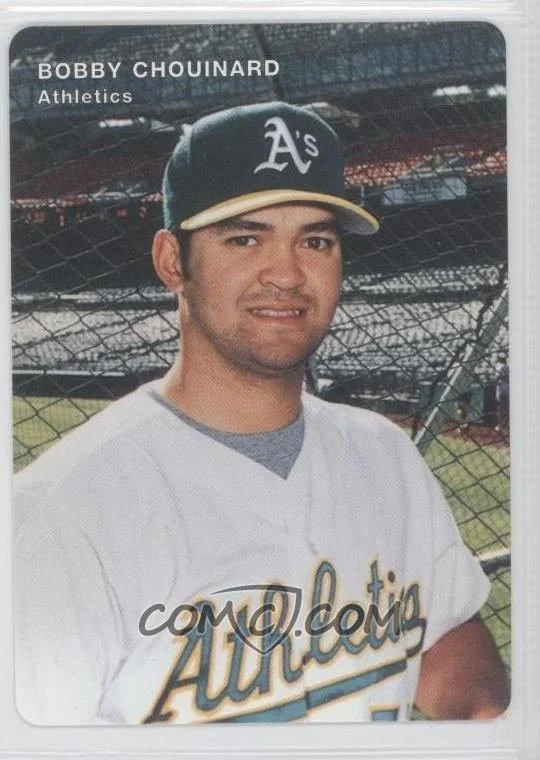




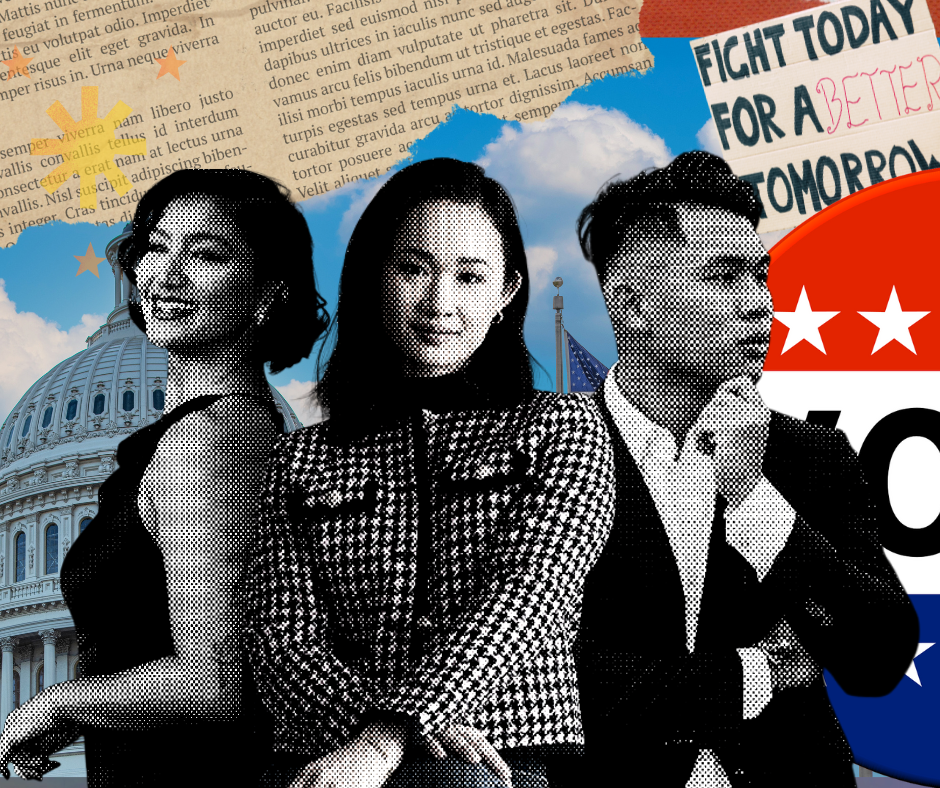

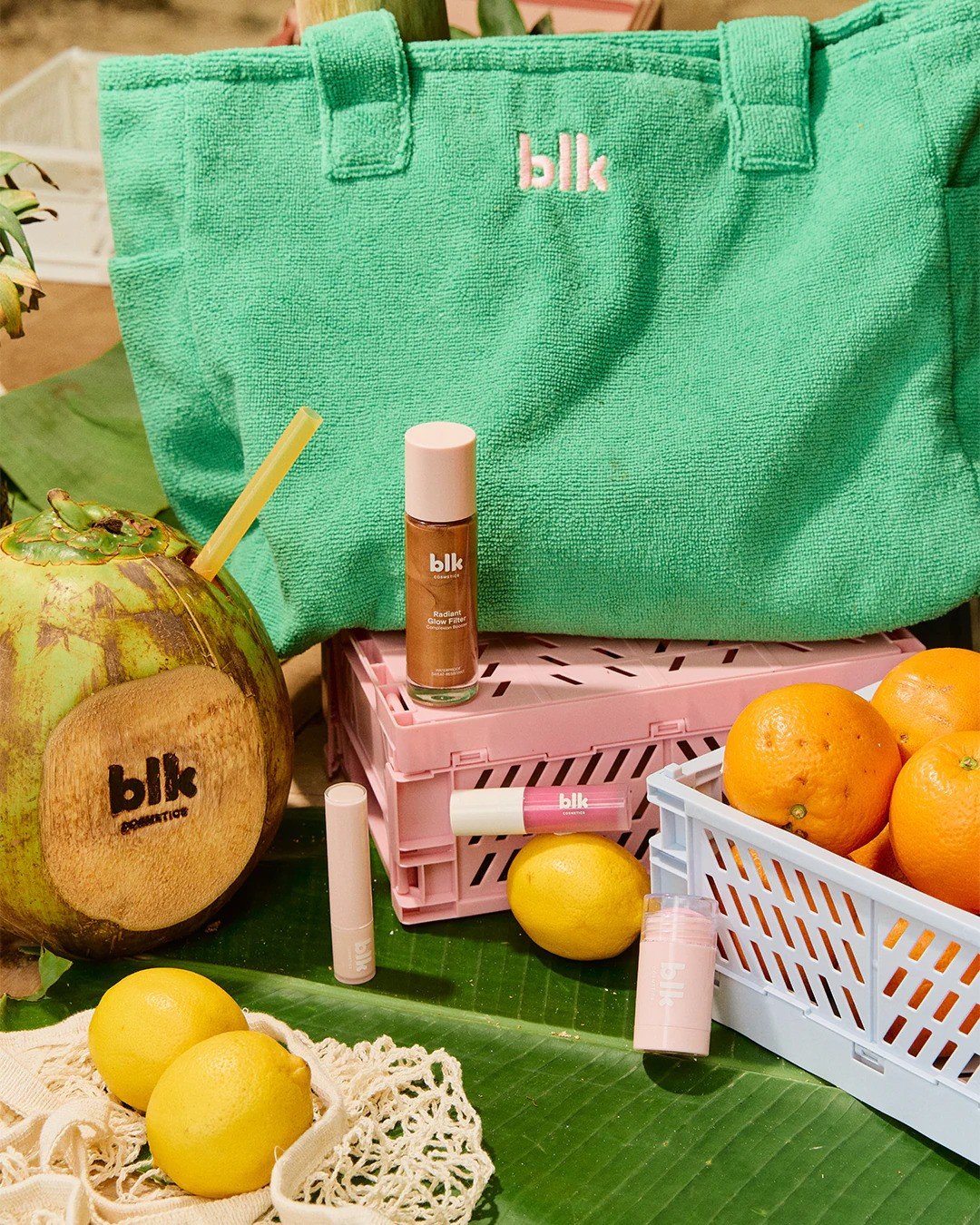

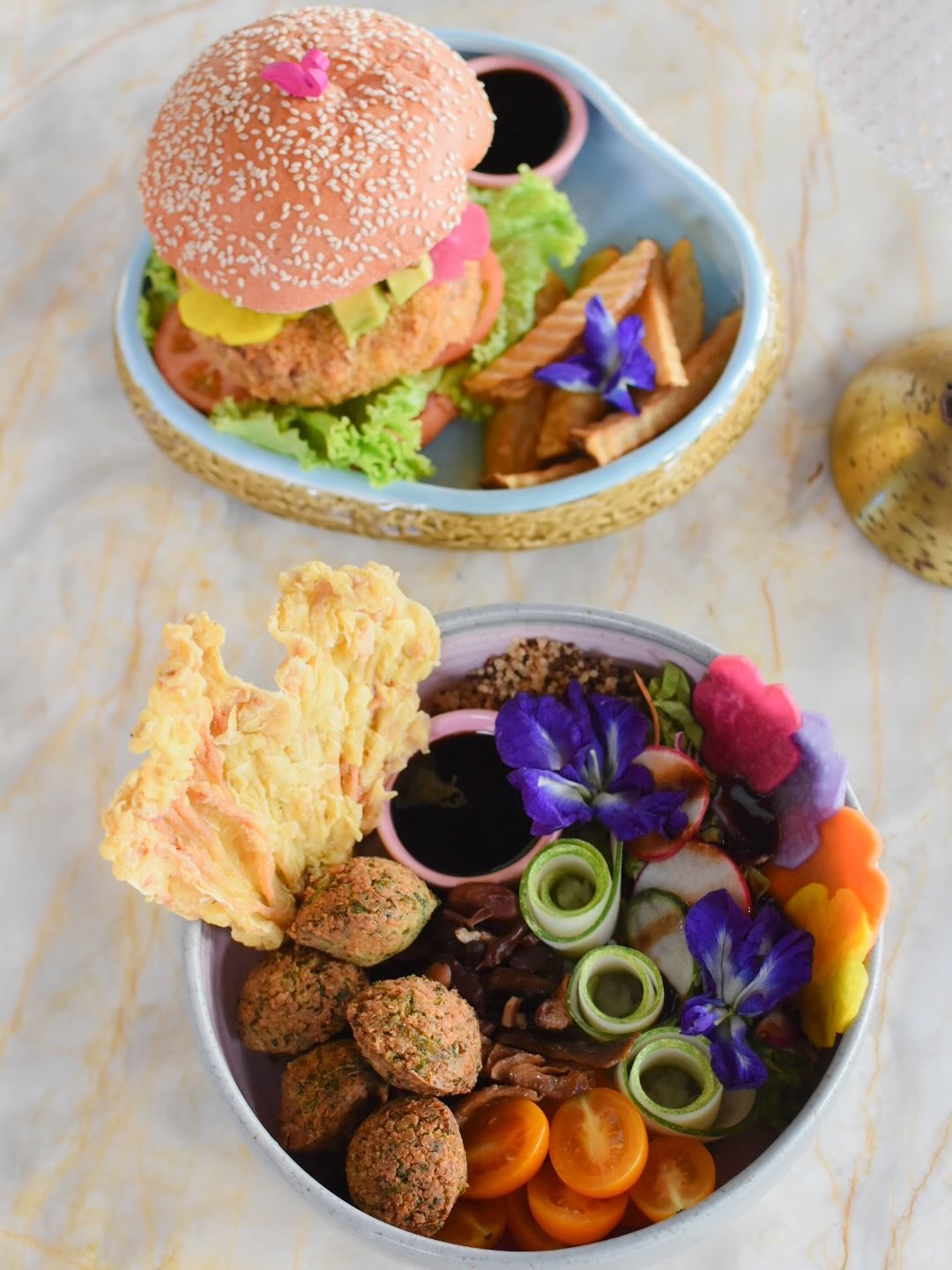
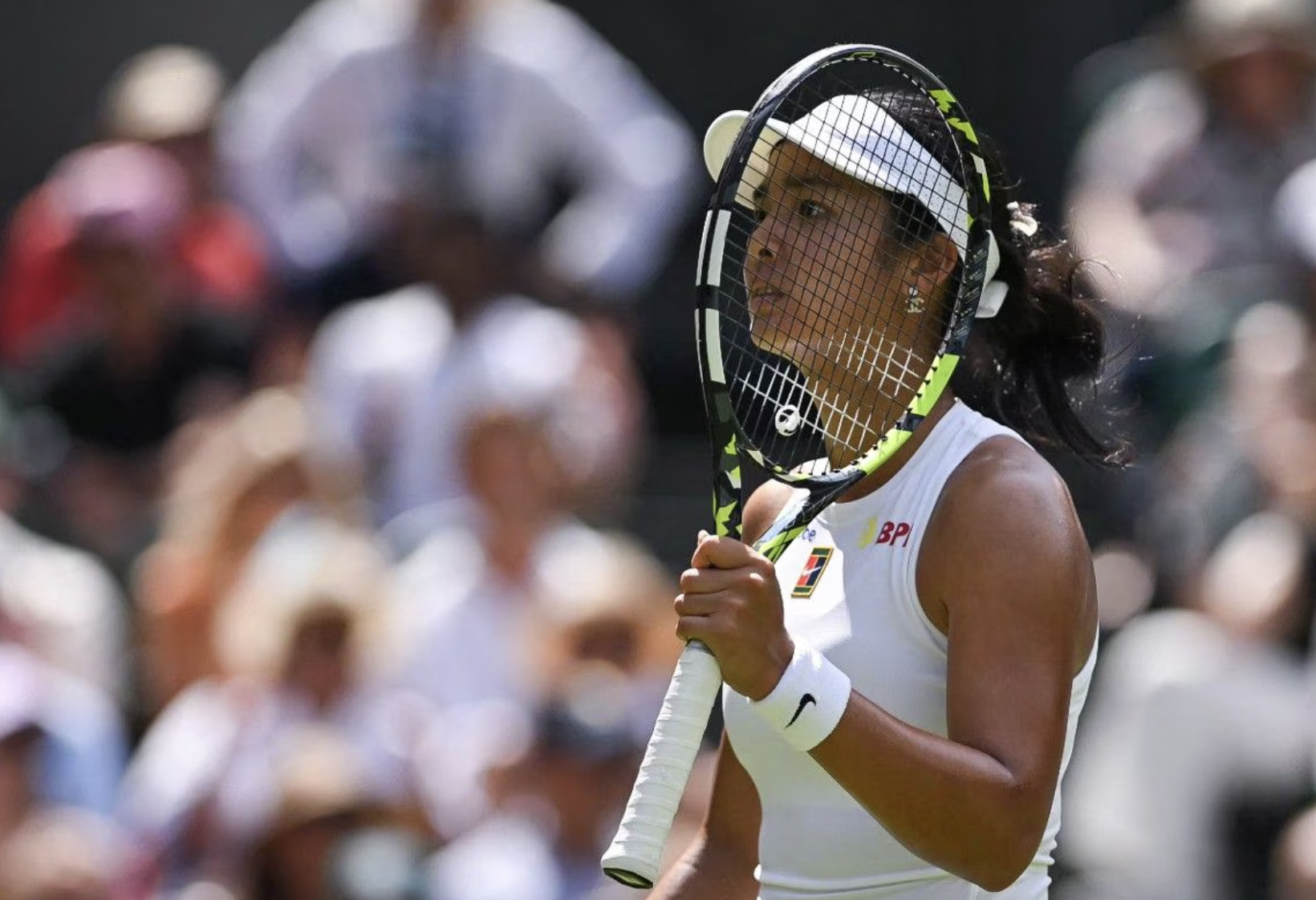
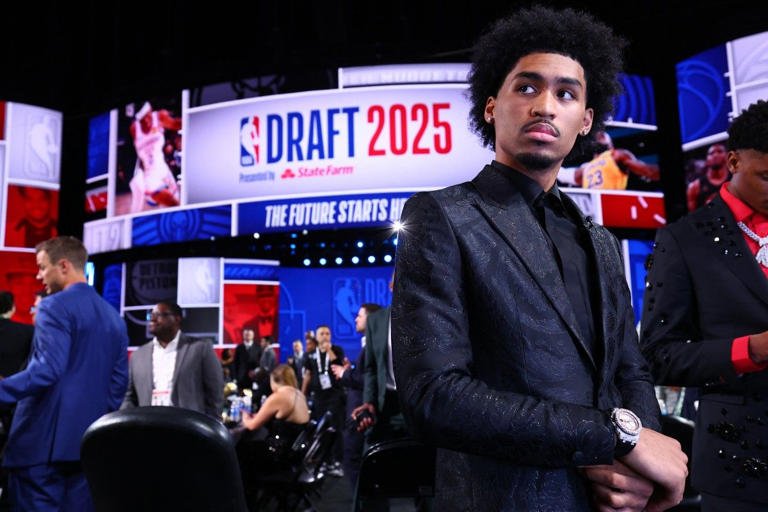

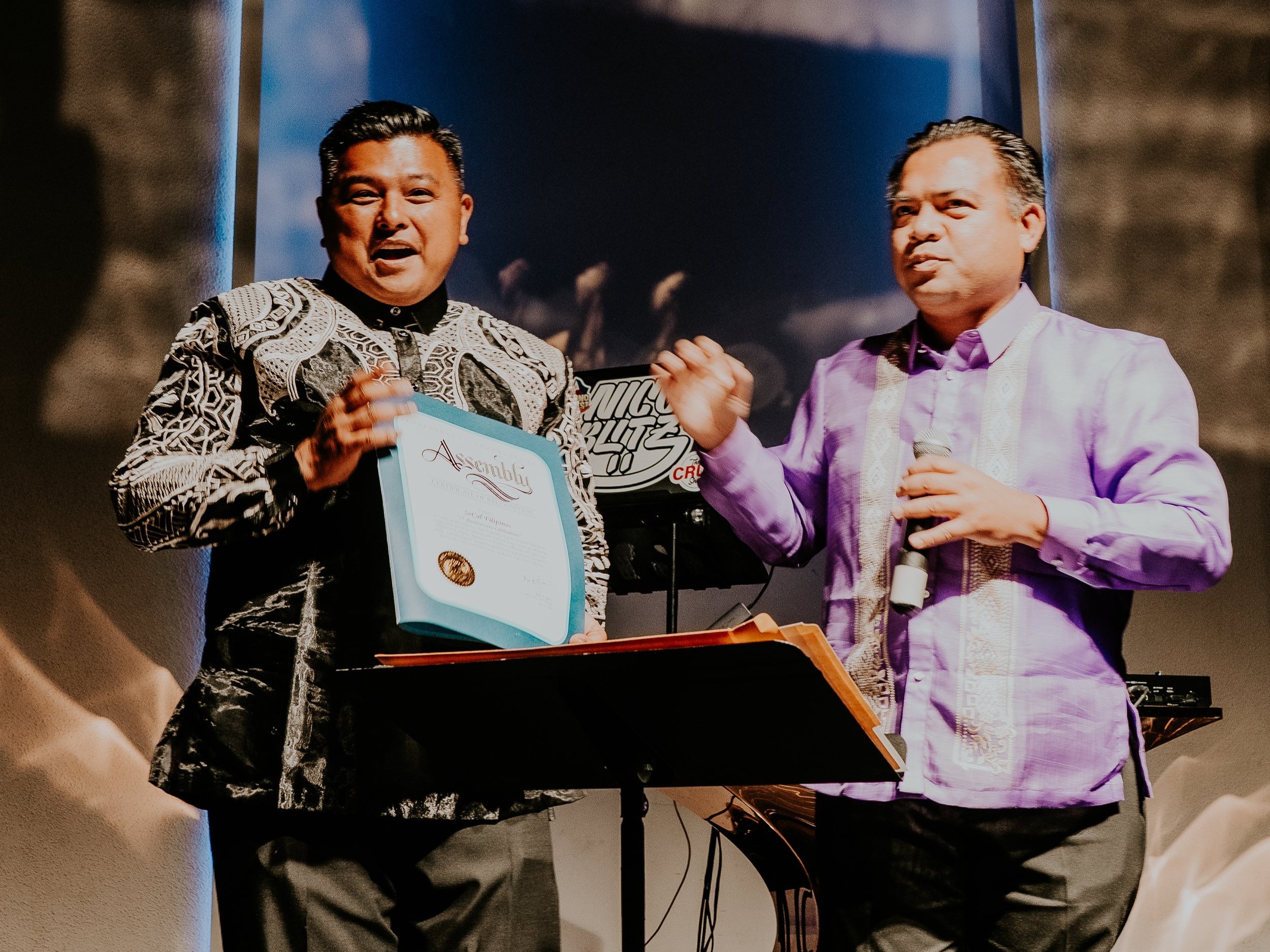
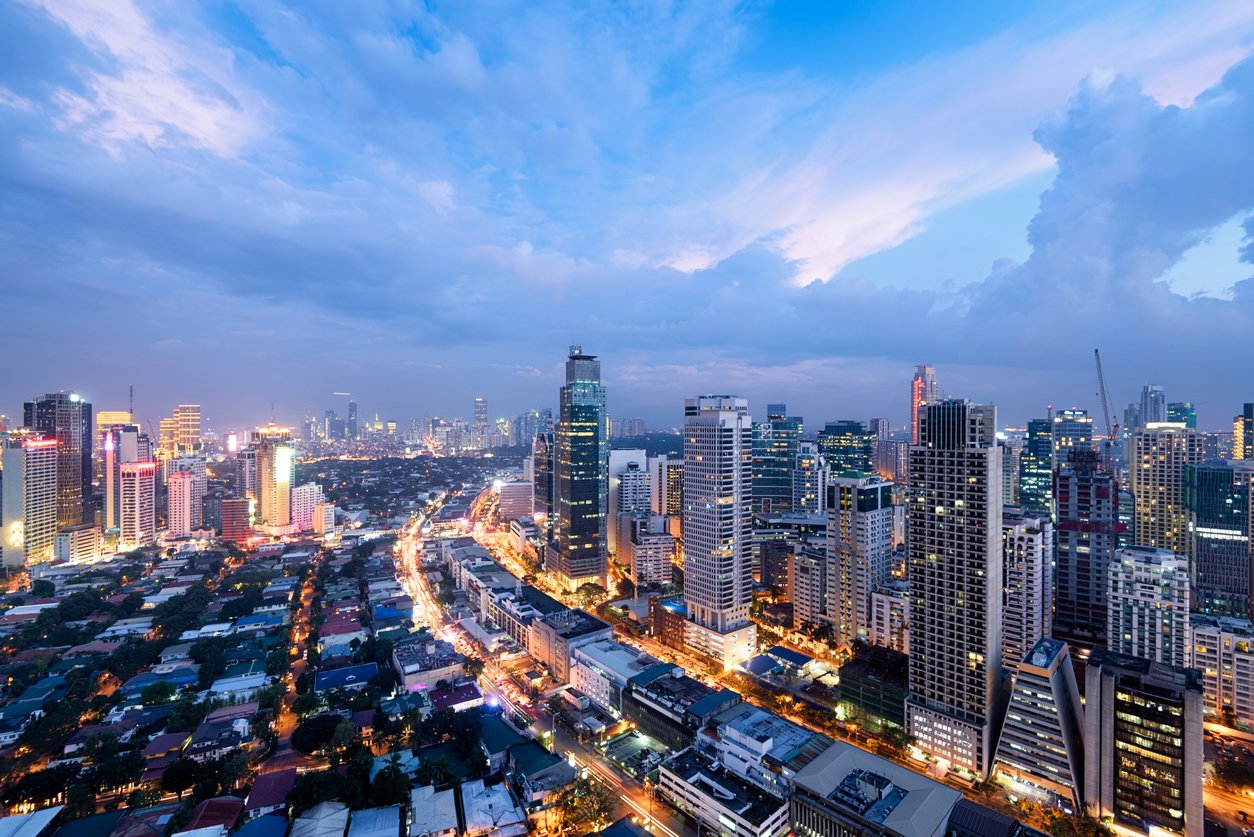
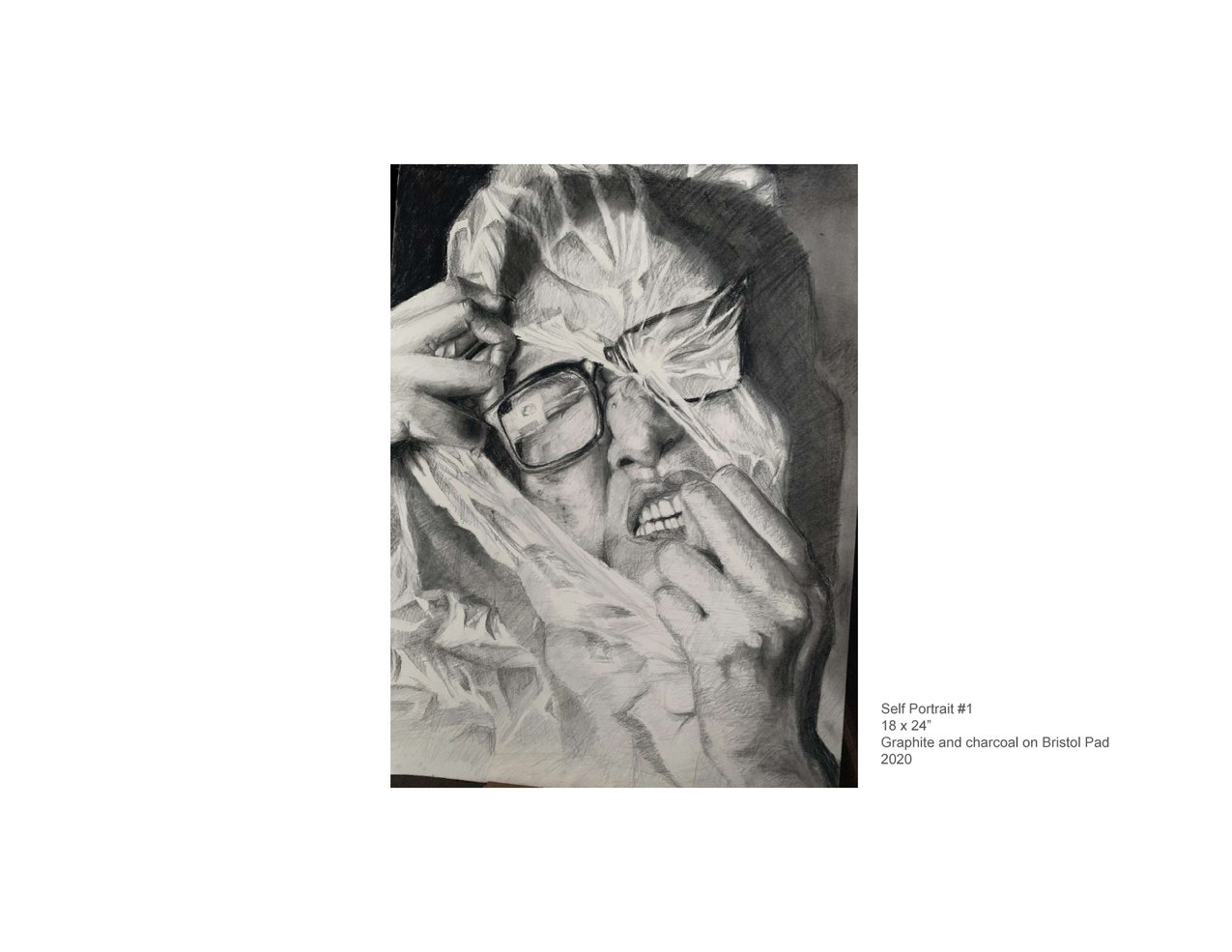
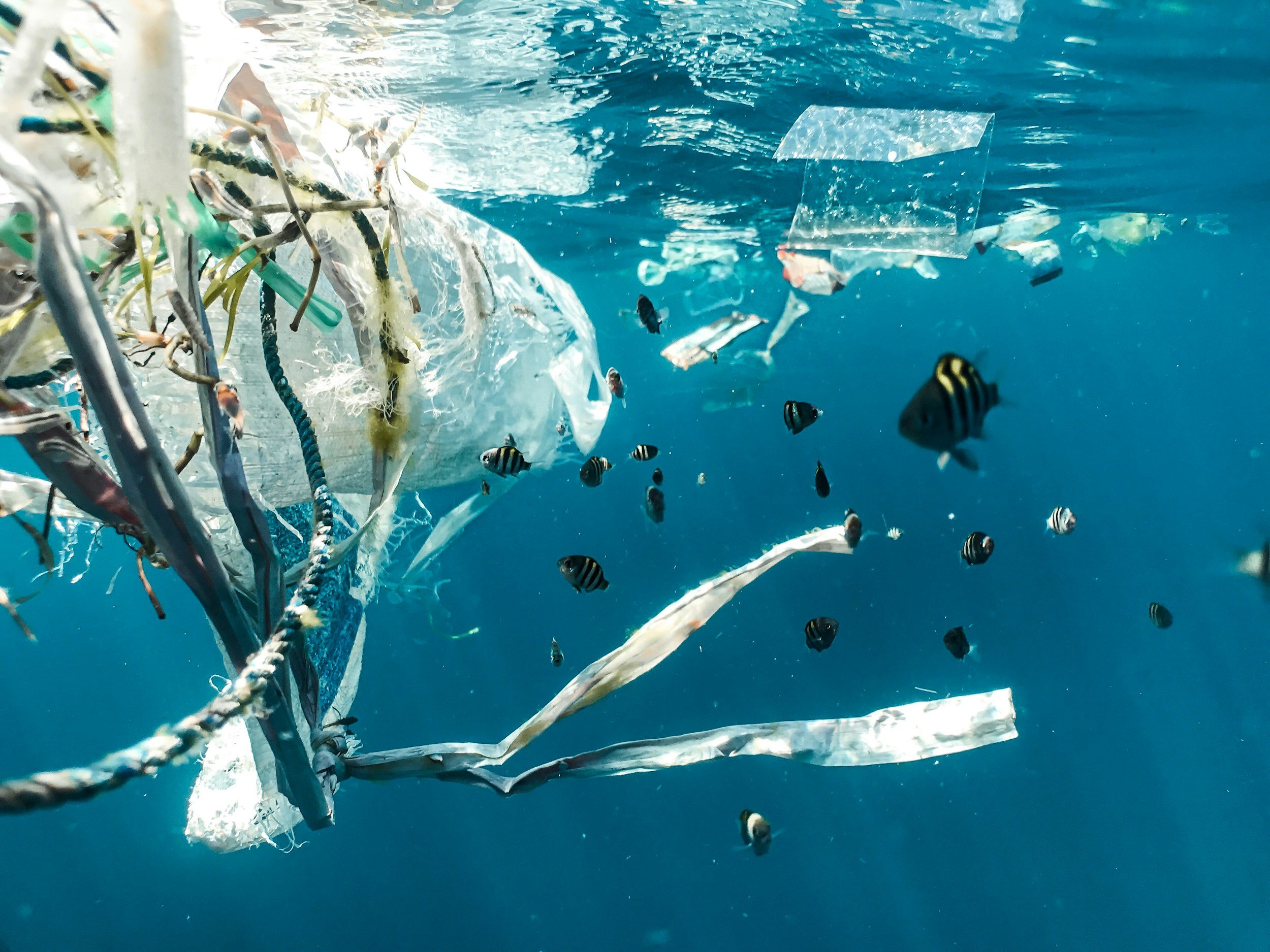
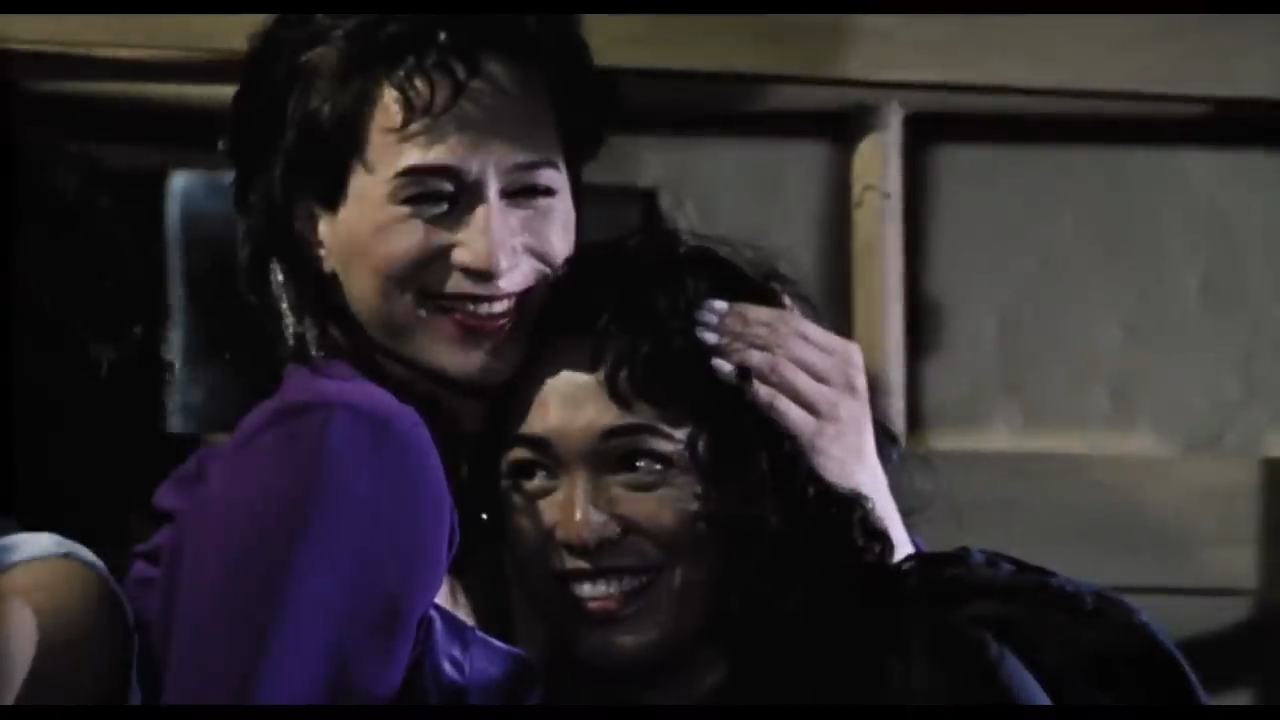




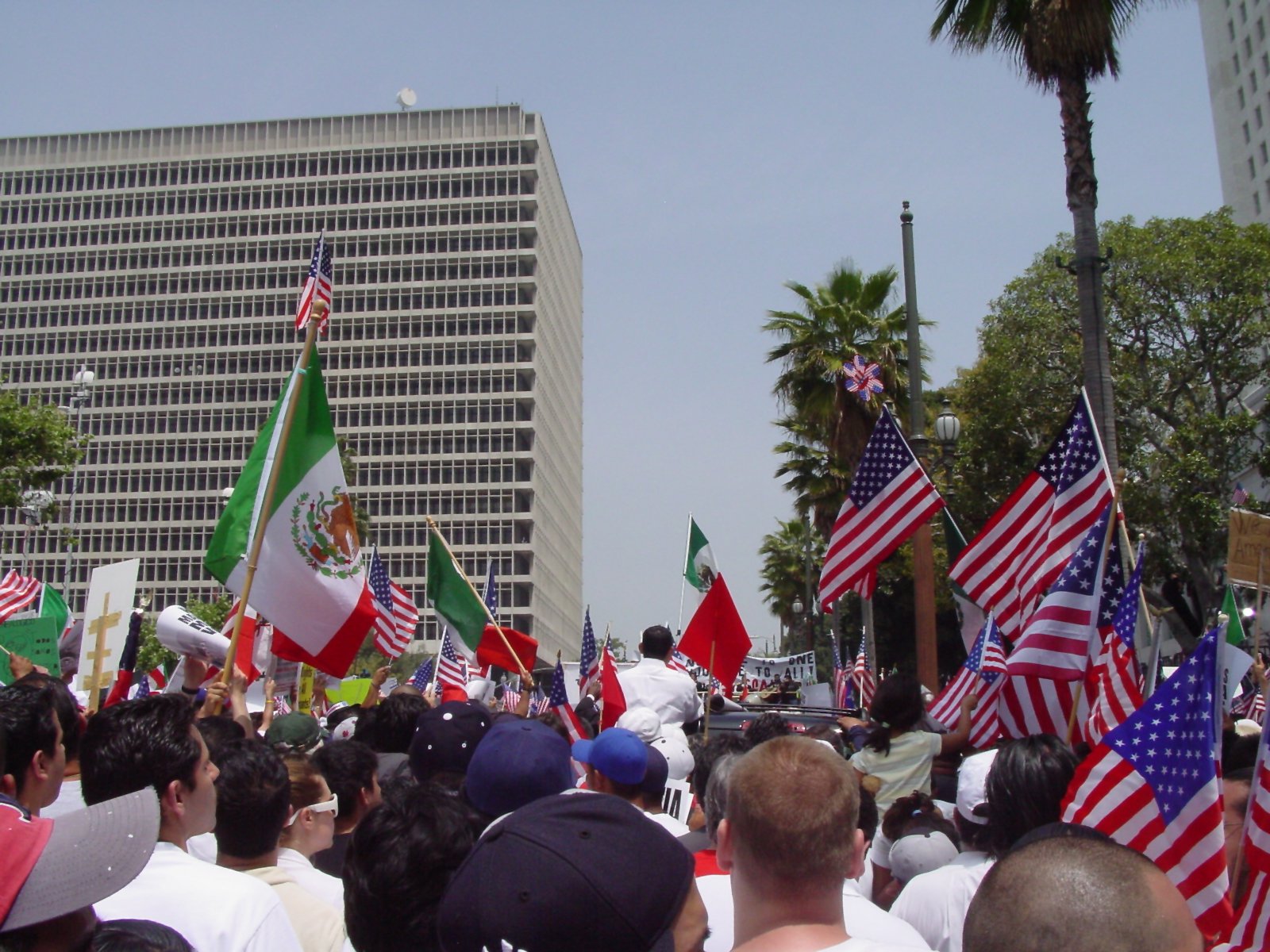
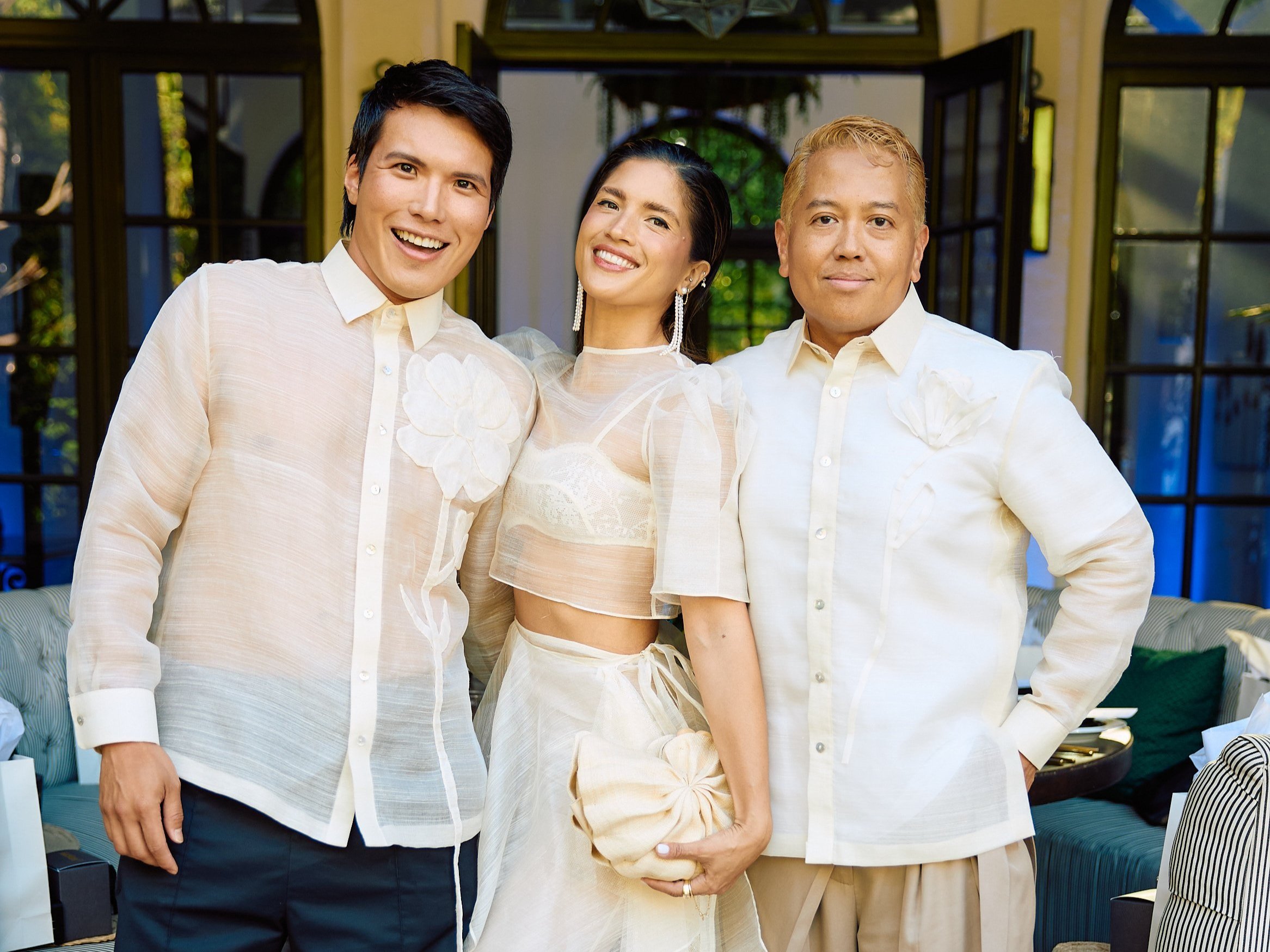
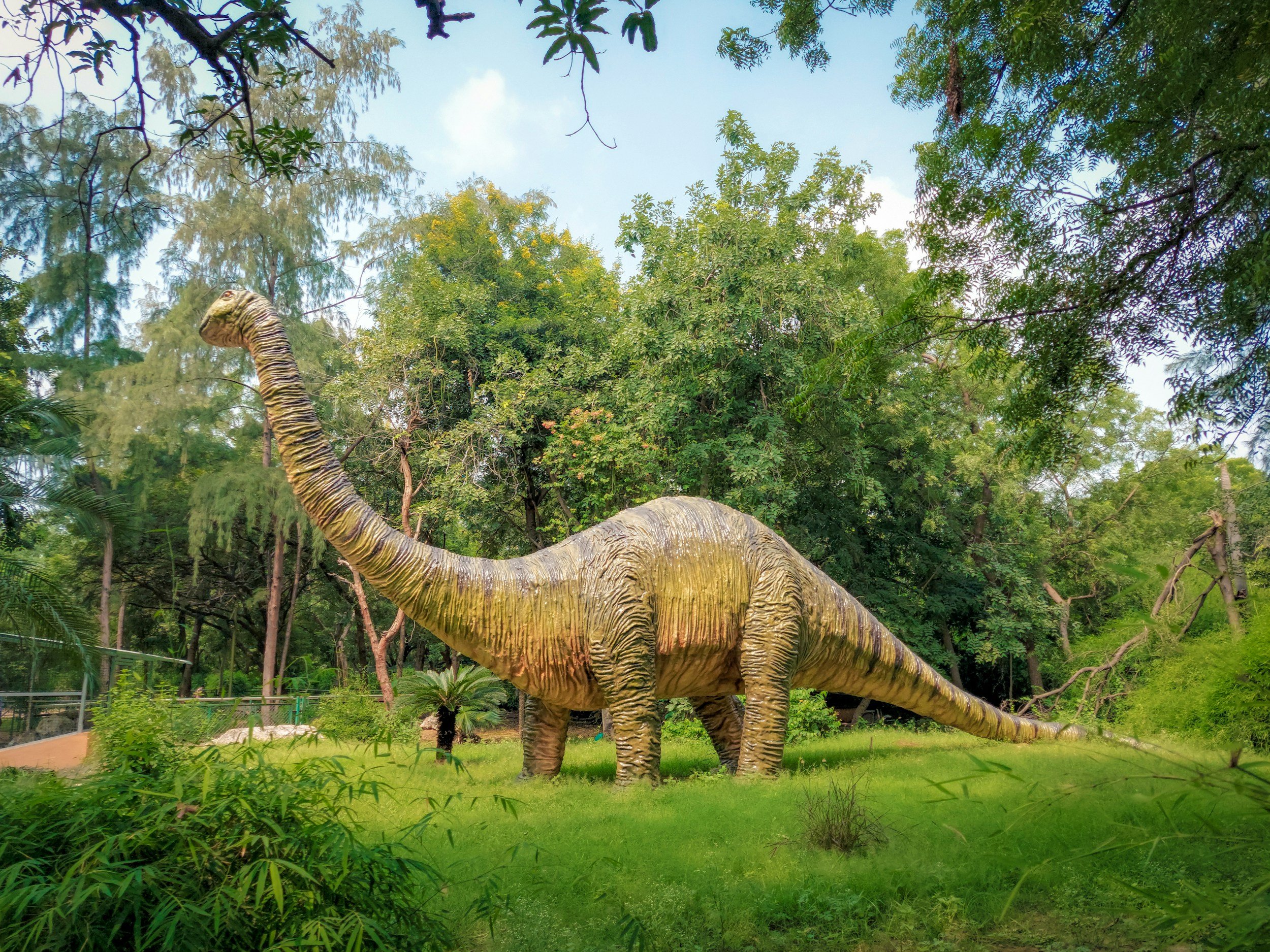


Learning Tagalog (Filipino) not only connects you to one of Southeast Asia’s most vibrant cultures—it also comes with real cognitive benefits. Here's a structured guide, ordered from the easiest to the most comprehensive methods.
Read More